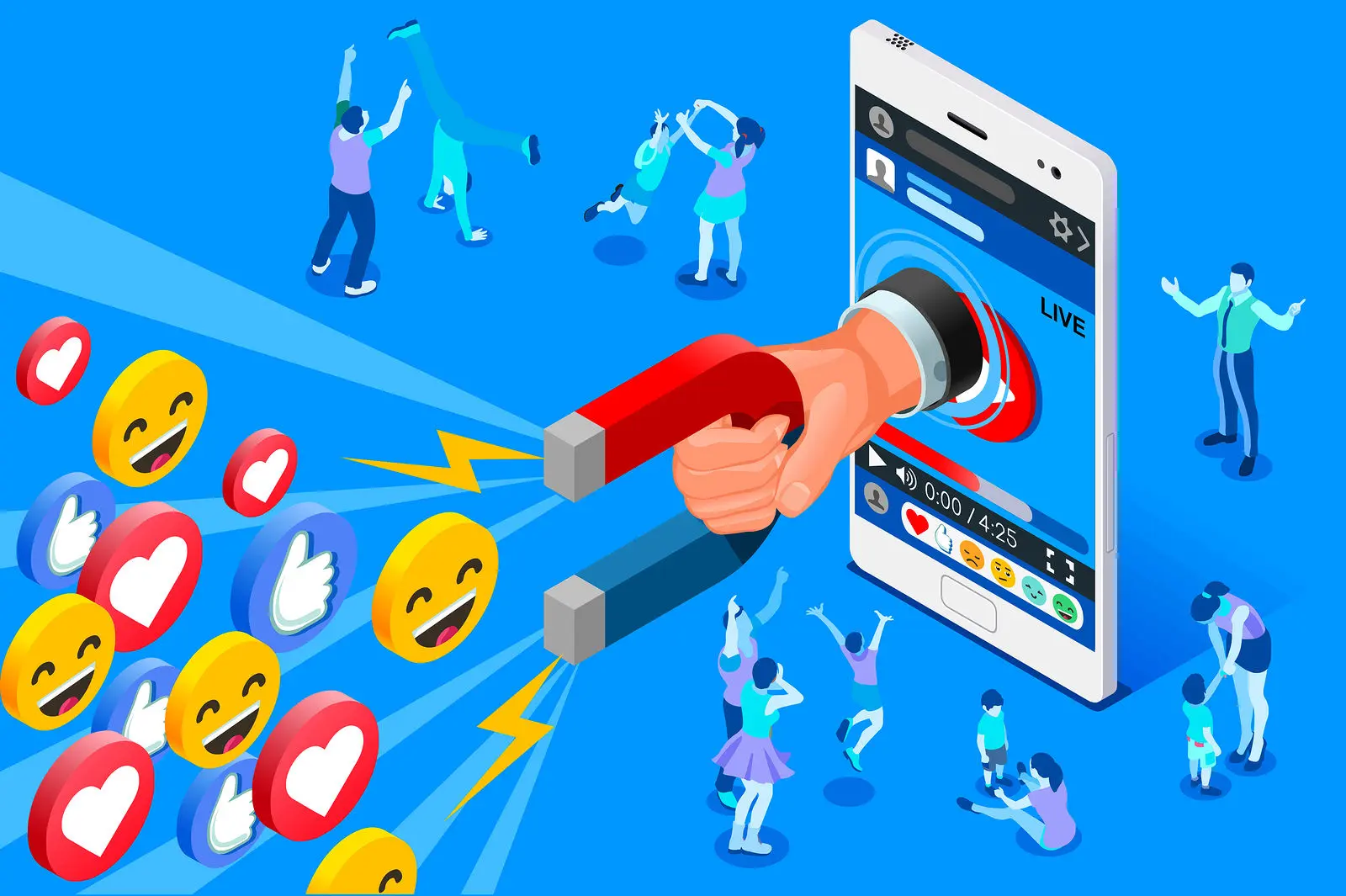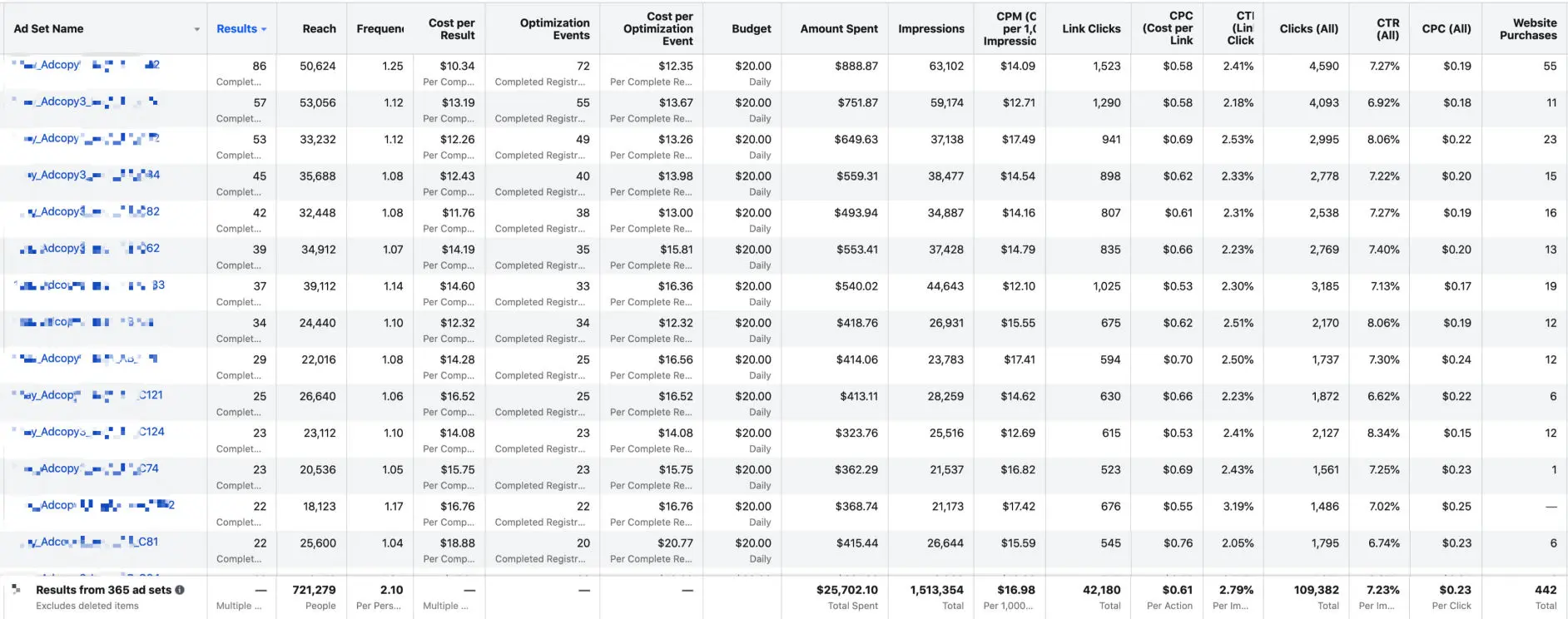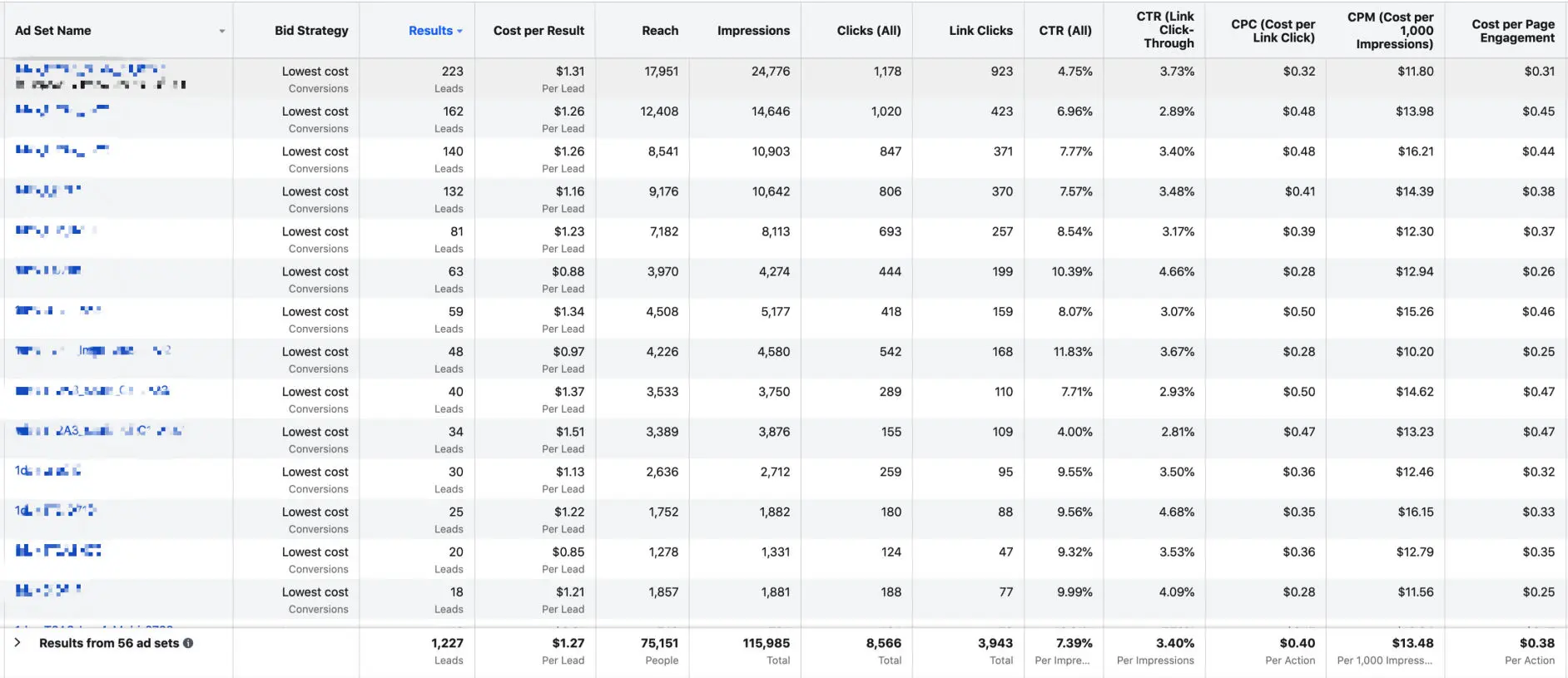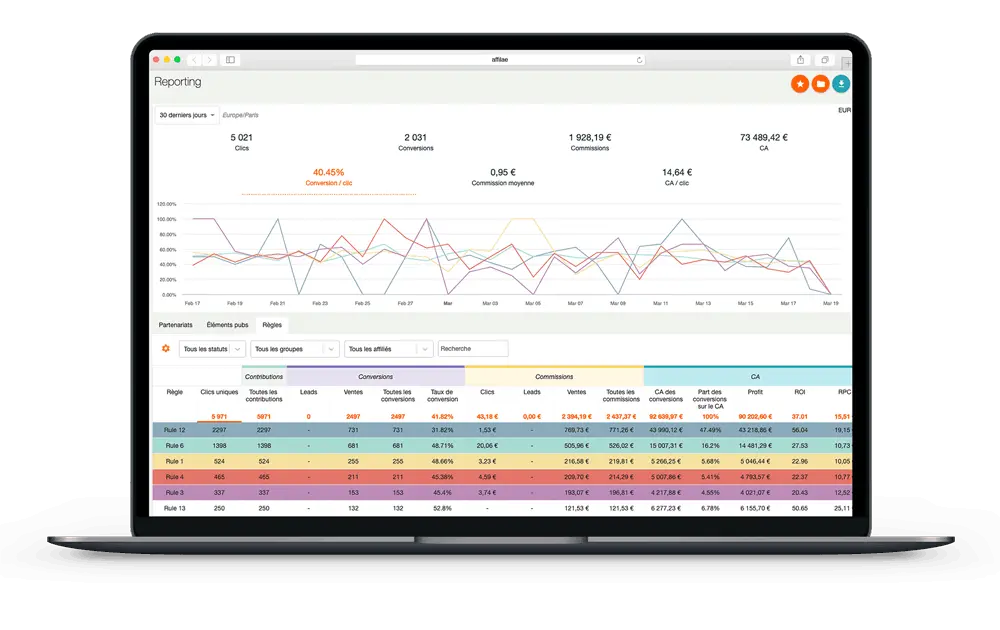One of the most critical elements of paid media advertising is your ad angles—not just your fancy creatives. Beyond images and copy, the angle is the core message that resonates with your audience. It’s the problem you’re solving and the emotional trigger you're tapping into.
What exactly is an angle?
An angle is the essence of your messaging—the "why" behind your ad. It connects your audience’s pain points to your product or service. The right angle can make or break a campaign. However, identifying the right angle isn't always straightforward. Sometimes the ideas you expect to perform best can underperform, while seemingly “less promising” angles can unexpectedly deliver 200% better results.
How do I test angles?
Here’s my process for identifying the best-performing angles through systematic A/B testing:
1. Start with Creatives:
I begin by testing 10–20 different images to optimize the visuals. My goal here is to find the creative that delivers the highest Click-Through Rate (CTR). At this stage, I don’t incorporate any messaging or angles—just the images themselves.
2. Test Copy:
Once I’ve identified the winning image, I move on to testing the copy. I duplicate the ad set and test various angles by changing only the copy, while keeping the image constant. This ensures that I’m isolating the impact of the angle itself.
3. The Creative Process:
If my team is struggling with creativity, I bring in freelance copywriters who specialize in the product or industry to generate fresh angles. A diversity of perspectives often leads to unexpected winners.
One thing I’ve learned through testing is that it takes time. On platforms like Facebook, a minimum of three days is necessary for the algorithm to optimize and stabilize. It’s important to let the campaign run its course before making any decisions.
Finding the Winning Image
Here’s how I structure the testing process for images:
Step 1: Set your objective to "Website Conversions"—optimize for leads in lead-gen campaigns or for purchases in eCommerce.
Step 2: Create the ad set, select your targeting, and design your first ad.
Step 3: Duplicate the ad set 9–19 times, changing only the image in each ad. This allows me to pinpoint which visual resonates best with the audience.
Refining the Best Angle
Once I’ve identified the image with the highest CTR, I move on to testing the angles:
Step 1: Duplicate the winning ad set for each angle your team has developed.
Step 2: Edit each ad with a unique angle.
Step 3: Let the ads run for three days at $20 per ad set before making any cuts.






